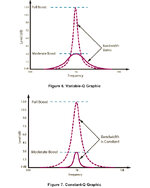Junk Yard Dog
Well-known member
I have the MXR 10 and just got the Empress Para MKii Deluxe. The deluxe is overkill but I like it more than the MXR 10. Maybt its the 15 vs 12 db of boost ot cut difference or just thr overall tone, but the Empress just sounds better to me, but at twice the price.
I would love to try the new Ibanez PTEQ but my only gripe is ifs only 10db. Thats likely enoigh but i feel 12-15 would have been perfect.
I would love to try the new Ibanez PTEQ but my only gripe is ifs only 10db. Thats likely enoigh but i feel 12-15 would have been perfect.

